建设工程施工项目系统化安全管理综合评价及实证分析
摘要安全生产是建筑业永恒的主题,是建筑事业持续、健康、稳定发展的必要保证,也是政治稳定、社会和谐发展和人民安居乐业的必要保证。建筑业是我国现代社会主义经济建设时期的支柱产业,在我国职业伤害事故中,建筑业事故伤害仅次于矿山位居第二。随着我国建筑业和建设管理体制改革的不断深化,建筑业企业的生产管理方式和组织结构发生了深刻的变化,企业逐步建立了“现代企业制度”,在建设工程施工管理上大力推行了“项目法施工”。随着改革步伐的不断加快,出现了许多新问题、新课题,需要研究解决,其中建筑业的安全生产管理更是在理论研究和实践应用方面得到了各方面的重视,并在实践中得到不断发展和完善。本文通过对国内外建筑安全管理的...
相关推荐
-
我国基层财政困难的制度成因分析与对策研究VIP免费
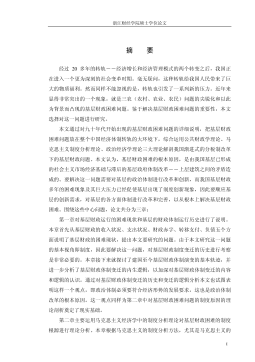
 2024-09-20 33
2024-09-20 33 -
我国煤电产业链纵向交易合约机制研究VIP免费
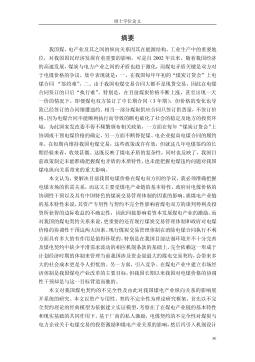
 2024-09-20 28
2024-09-20 28 -
生产要素视角下的上海市产业结构优化研究VIP免费
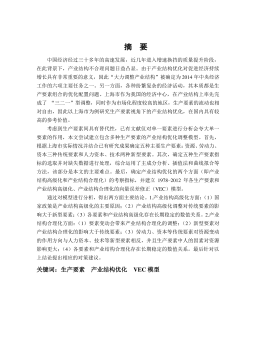
 2025-01-09 7
2025-01-09 7 -
我国银行业结构与经济结构关系研究VIP免费
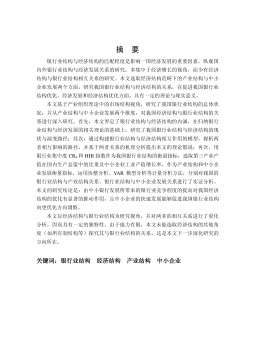
 2025-01-09 7
2025-01-09 7 -
大数据视角下农业供应链金融研究VIP免费
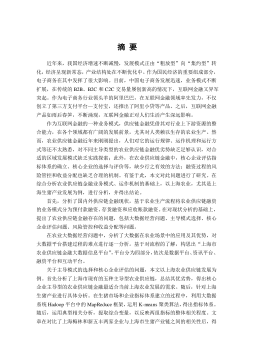
 2025-01-09 6
2025-01-09 6 -
跨国大型综合超市的规划研究VIP免费
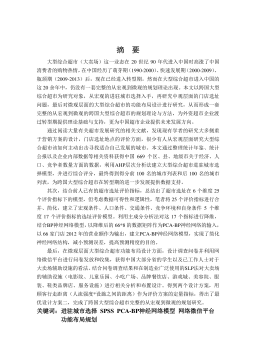
 2025-01-09 6
2025-01-09 6 -
跨境电商农产品质量安全问题研究VIP免费
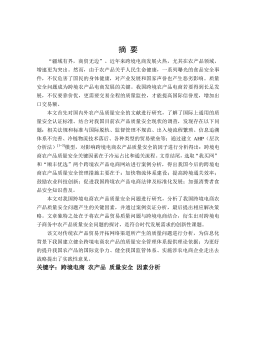
 2025-01-09 7
2025-01-09 7 -
世界市场的虚拟化与我国国际电子商务发展方向研究VIP免费
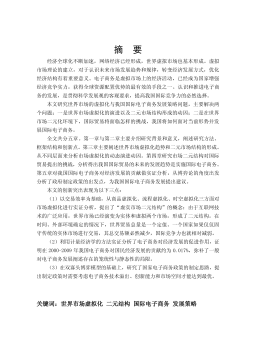
 2025-01-09 9
2025-01-09 9 -
中国政府对电力行业的价格规制问题研究VIP免费
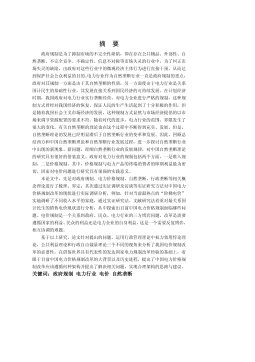
 2025-01-09 14
2025-01-09 14 -
中小企业信息化系统集成技术研究VIP免费

 2025-01-09 14
2025-01-09 14
相关内容
-

跨国大型综合超市的规划研究
分类:高等教育资料
时间:2025-01-09
标签:无
格式:PDF
价格:15 积分
-

跨境电商农产品质量安全问题研究
分类:高等教育资料
时间:2025-01-09
标签:无
格式:PDF
价格:15 积分
-

世界市场的虚拟化与我国国际电子商务发展方向研究
分类:高等教育资料
时间:2025-01-09
标签:无
格式:PDF
价格:15 积分
-

中国政府对电力行业的价格规制问题研究
分类:高等教育资料
时间:2025-01-09
标签:无
格式:PDF
价格:15 积分
-

中小企业信息化系统集成技术研究
分类:高等教育资料
时间:2025-01-09
标签:无
格式:PDF
价格:15 积分





